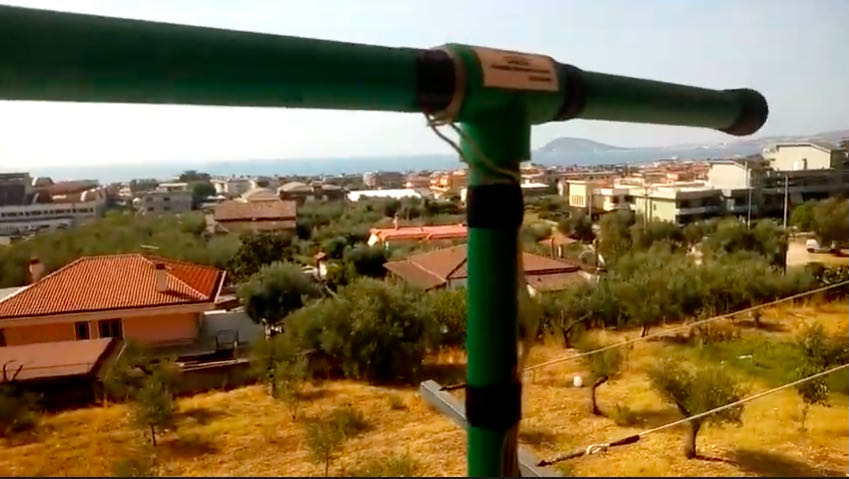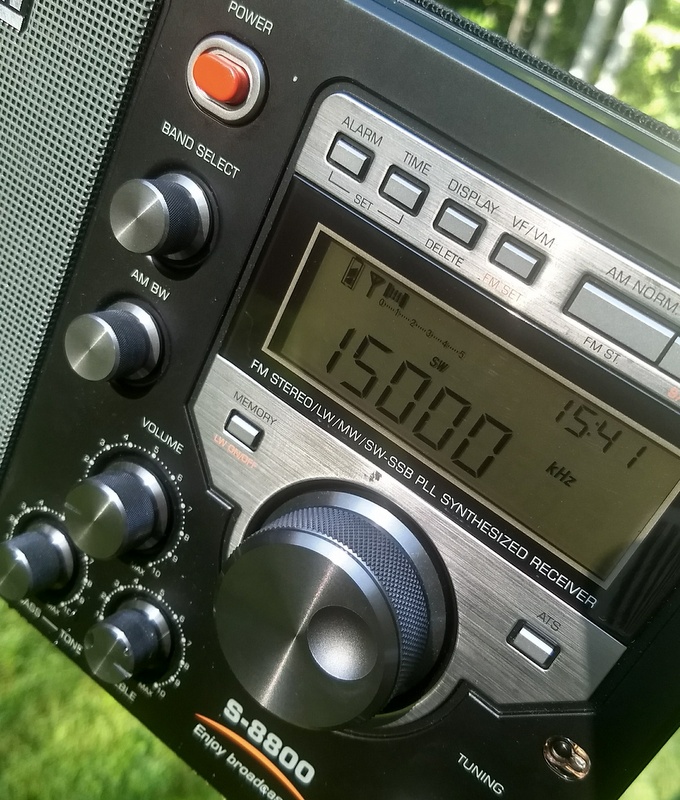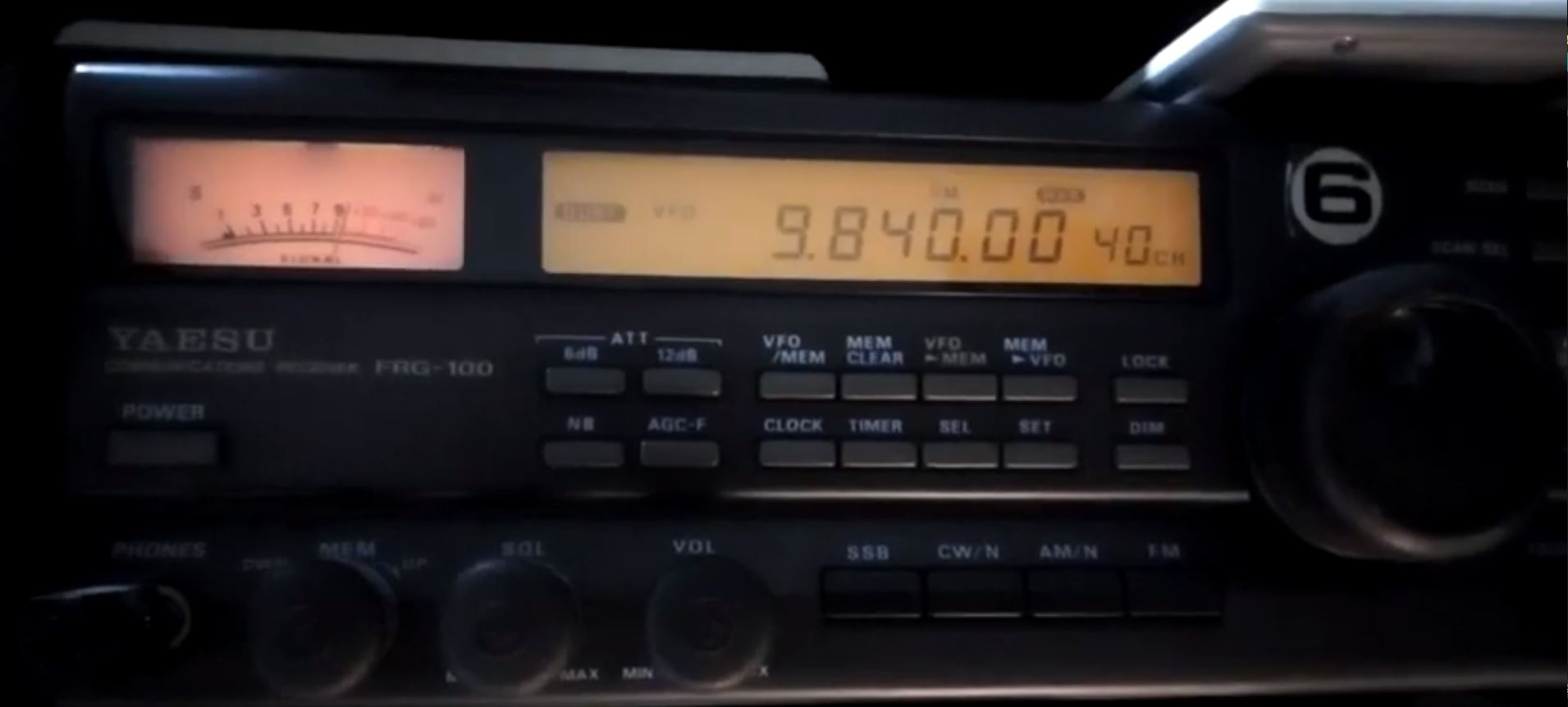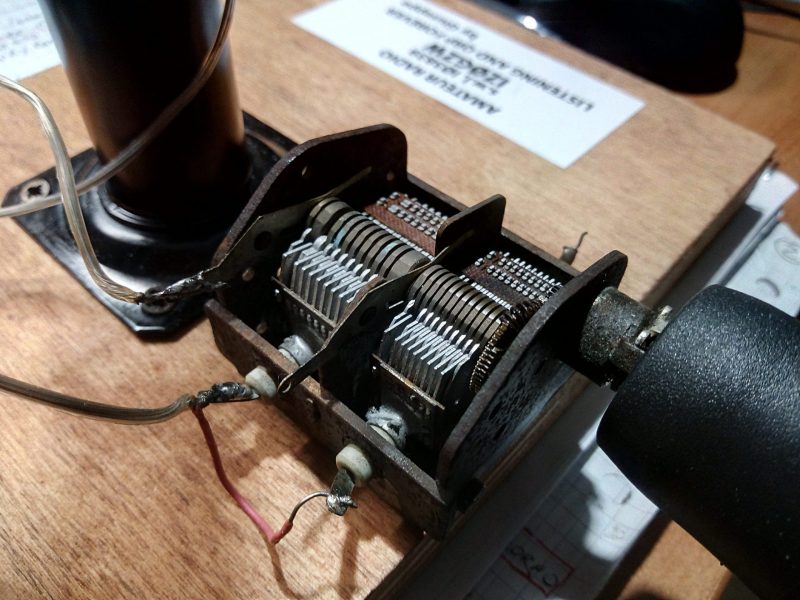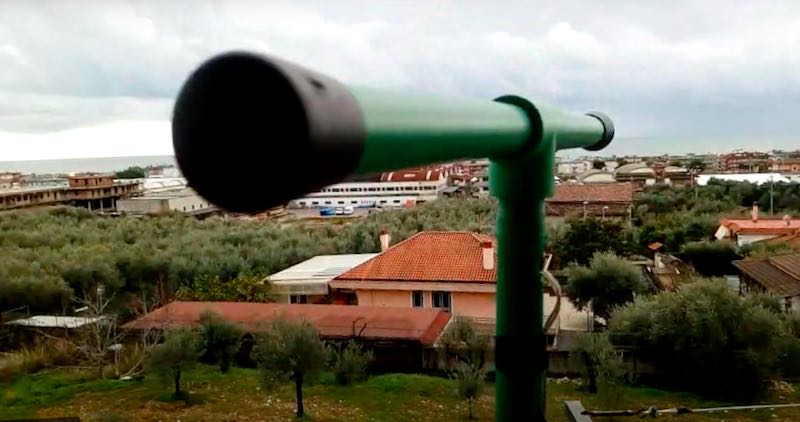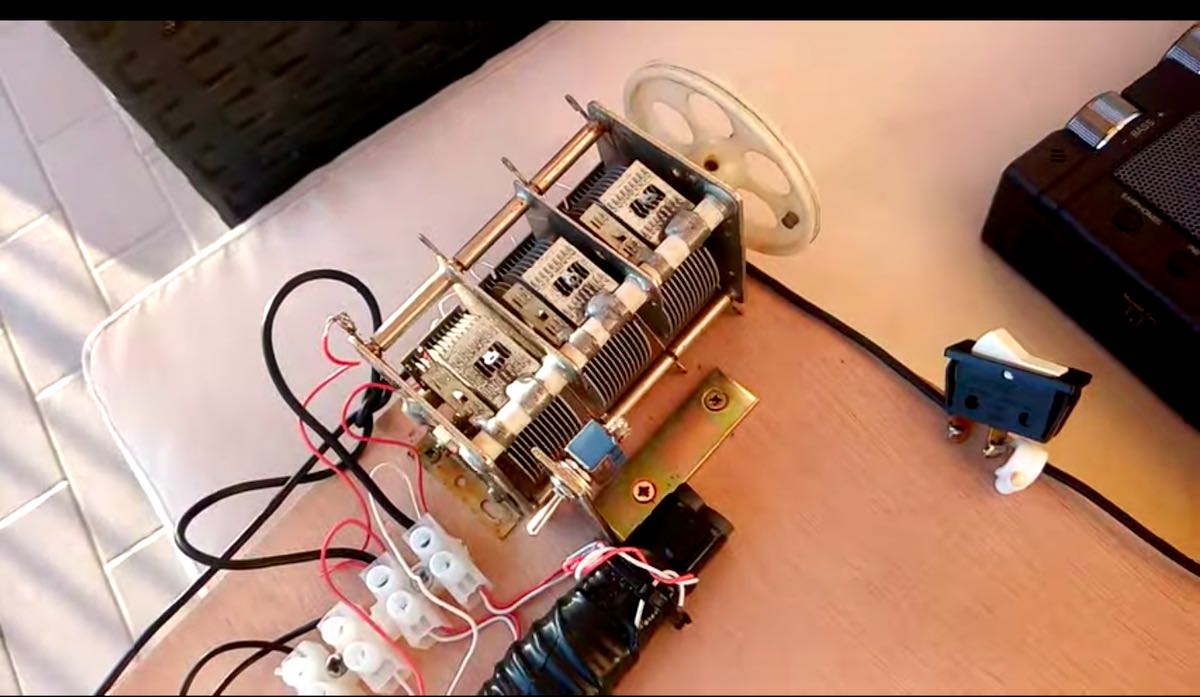 Many thanks to SWLing Post contributor, Giuseppe Morlè, who writes:
Many thanks to SWLing Post contributor, Giuseppe Morlè, who writes:
Dear Thomas,
This is Giuseppe Morlè, from Formia central Italy on the Tyrrhenian Sea,
I built this “Magic Tablet. during a rainy afternoon to test various portables I have.
The tablet is composed of 2 separate circuits: one for the short waves, a single coil along the entire perimeter of the tablet, and another with 2 ferrites wrapped around 36 turns of telephone cable for the medium waves.
The heart of the system is a 1050 pf variable capacitor with its old wheel.
To listen to medium wave I have to exclude the short wave loop with a switch on the loop.
I also added another small switch to connect it to a capacitor for more or less capacity, but this I will do later.
I can test my portables like this because the tablet tunes very well from 500 kHz to 18 MHz. I spent very little to make all this as it is all recycled stuff.
You can see the first tests on the balcony of my house with a Tecsun H-501 via my YouTube channel:
Note: this video is in Italian, but you can turn on closed captions and have it translate into the language of your choice.
As I always say, I am not a technician and I have little manual skills in building things, not having a proper laboratory. When I get an idea, I put it on paper and I start to find all the materials and then see if they work. Not all of us are of the experts in electronics–what drives me is a passion for radio listening. Now being retired, I have more time to devote to it.
Thanks to you and hello to the whole SWLing Post community …
73. Giuseppe Morlè (IZ0GZW)
I love this, Giuseppe! What a clever all-in-one portable antenna system for your shortwave radios. I especially love the fact you were able to create all of this from parts you have at your home. You’ve got a winning attitude, too: build and experiment! Thank you for sharing.

